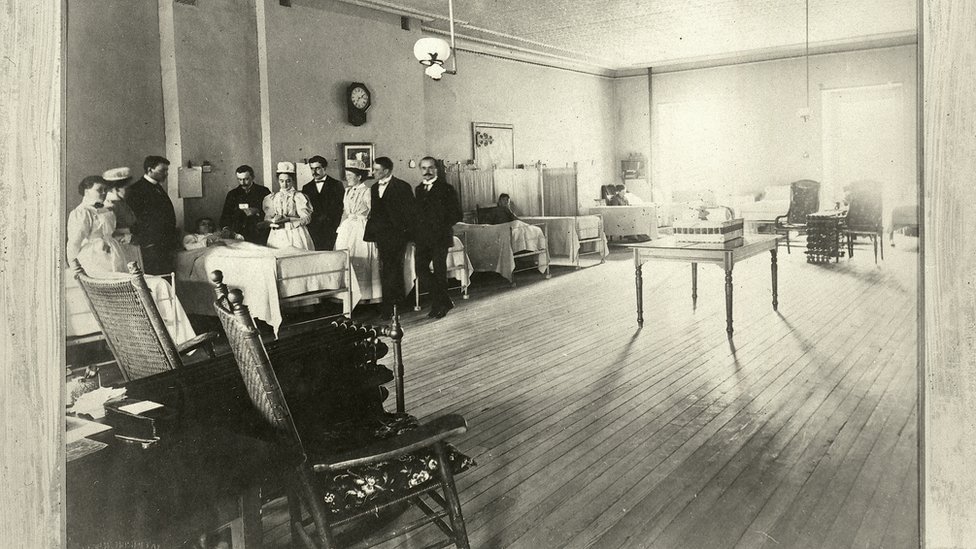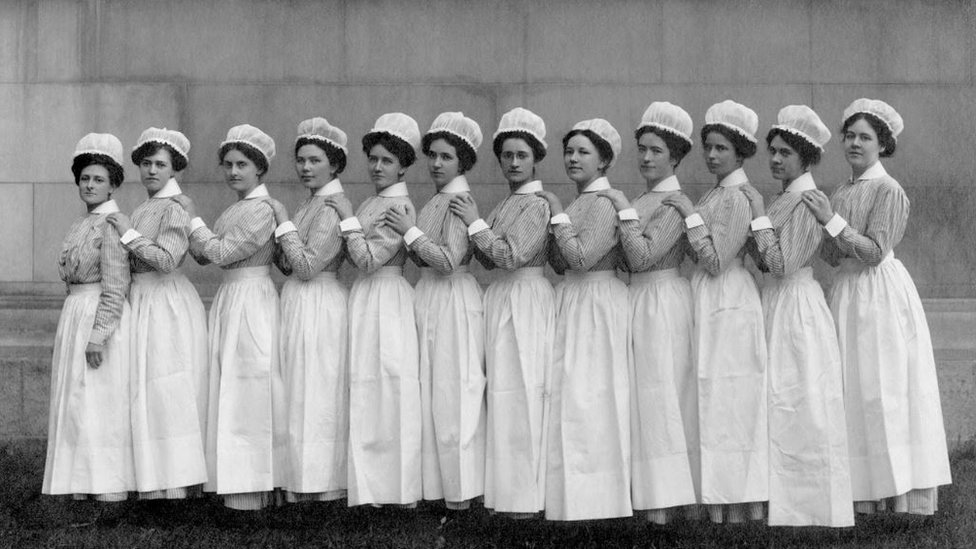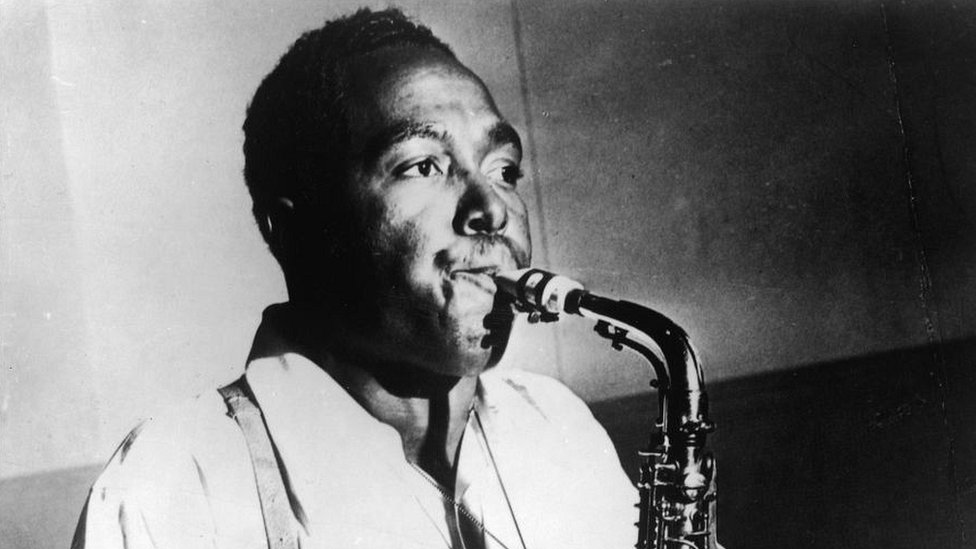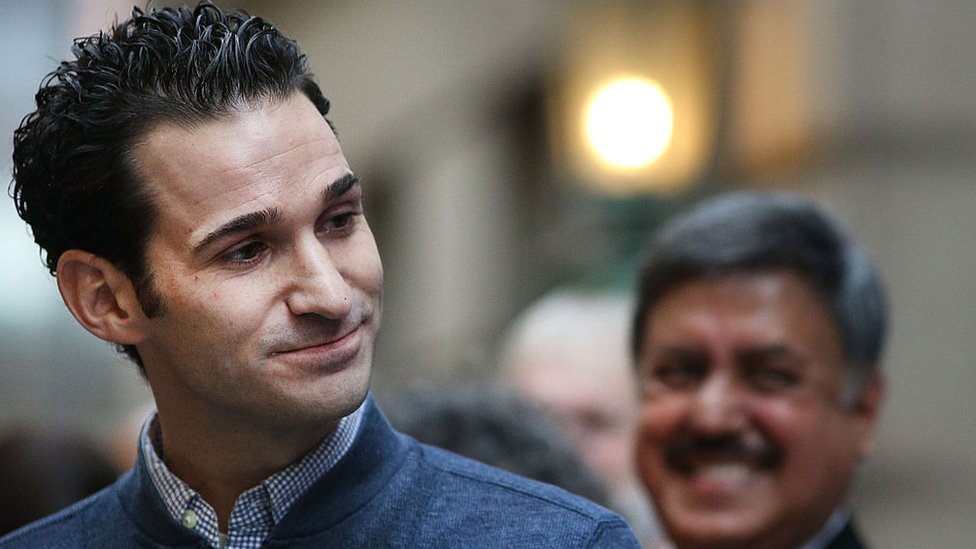In the summer of 1795, patients began arriving at the Hospital Bellevue, in the city of New York, with symptoms of yellow fever.
The American metropolis was experiencing the beginning of an epidemic that, only in that year, would leave 730 dead, a devastating result for a city that, at that time, had a population of 40 thousand inhabitants.
More than two centuries later, the Bellevue, one of the public hospitals oldest and most prestigious in the country, is once again at the forefront in the fight against the new epidemic that is hitting the city.
In recent weeks, wards and medical professionals have been reorganized to accommodate the growing number of patients with Covid-19, the disease caused by the new coronavirus.
Also read: Coronavirus Covid-19 is 10 times more deadly than H1N1, warns WHO
Until this Tuesday, April 14, the state of New York registered more than 195 thousand cases and more than 10 thousand deaths from Covid-19.
Today, the Bellevue occupies a 22-story building and is part of the New York City Hospitals and Health Corporation, the nation’s largest public hospital system.
The medical services offered by the institution are charged according to family income.
Also read: The 4 keys that explain the enormous impact of the coronavirus in the US
If the patient does not have health insurance, they can request financial assistance to pay the bill.
Bellevue is also one of ten medical centers in the United States recognized for its special pathogens program, that is, it has specifically trained physicians and specialized units in biocontainment for the treatment of infectious diseases.
Its history over the last two centuries is confused with that of New York and also with the advances of medicine in the United States.
Shelter for the poor
For years, the Bellevue was synonymous with death. The hospital became famous for its psychiatric wing and also for housing terminally ill, poor and destitute, and patients who were rejected by other institutions.
Even people with incurable diseases or who had no money to pay received treatment.
The hospital began as an infirmary in a residence for the poor, in 1736. Years later, a facility near the East River was transferred.
According to historian David Oshinsky, a professor at New York University School of Medicine and author of the book “Bellevue” on the history of the hospital, during the 18th century it housed the poor and sick who had no chance of recovery.
“It was a place where you went to die,” Oshinsky says in an interview with US public radio NPR.
When cases of yellow fever began to appear in Manhattan in July 1795, in the summer of the northern hemisphere, the patients were transferred to the Bellevue.
At that time, doctors had no idea how to treat the disease and did not even know that it was transmitted by mosquitoes.
Soon the city began to register several deaths a day.
Also read: Coronavirus: burials in a mass grave in New York, the city with the most cases
This would be the first of several waves of the yellow fever epidemic, which lasted until 1803 and left thousands of people dead in New York, most of them poor immigrants, as many wealthy residents fled to rural areas when the disease began to spread.
Cholera and Civil War
According to Oshinsky, in the 18th century, medicine in the United States was extremely primitive and there were no anesthesia, antiseptics or other hygiene measures.
“In Bellevue, even after the Civil War, although it was possible to survive an operation, infections after surgery were common in more than half of the cases,” said the historian in an interview with a television program of the New York University.
Those who survived the surgery had a 50% chance of not surviving the following month.
“The doctors did the best they could,” adds the academic.
At the beginning of the 19th century, the Bellevue complex included a residence for the poor, an infirmary, an orphanage, a hospice, and a prison.

When a cholera epidemic broke out in New York in 1832, the hospital was crucial in the fight against this disease that killed at least 3,500 people in the city that year, most of them poor and immigrants.
Thousands of others would die in later outbreaks, in 1849 and 1866.
During the American Civil War, the hospital treated both soldiers and protesters who rebelled against the draft in a series of violent protests that left dozens dead and thousands injured in the city in 1863.
Advances
The Bellevue was renowned for having the best surgeons in the country at the time. His doctors treated not only poor people, but also important people and even presidents.
But his interventions were not always successful. Until the 1840s, surgery and other treatments were done without anesthesia.
In 1881, when the presidente James Garfield suffered an attack, a hospital surgeon, Frank Hamilton, was called to Washington.
The shots, in principle, were not fatal. But according to Oshinksy, the doctor did not believe in the microbial theory (which established, at the end of the 19th century, that microorganisms caused disease) and put his dirty hands, without gloves, on the wounds.
The president died two months later from an infection.
In 1893, it was again the Bellevue physicians who treated the presidente Grover Cleveland, who had a malignant tumor in his mouth.
This time, Oshinksy explains, the doctors used all the antiseptic methods available at the time and the tumor was successfully removed.

Throughout the centuries, many of America’s leading physicians were trained or taught at Bellevue, which was the first American hospital to have a medical school.
There were also several advances in medical practice in the country, such as the creation of the first ambulance corps Established in 1869 by Civil War veteran physician Edward Barry Dalton.
The hospital was also the first to have a maternity wing, a professional nursing school, a pediatric clinic, and a forensic pathology department, among other advances.
Also read: “We live in our trucks”; the stories of those who do not stop before the Covid-19 in New York
In her book, Oshinksy notes that even at a time when prejudice limited opportunities for Americans in the medical field, Bellevue stood out for having Jewish and Christian, black and white, male and female professionals.
Famous sick
The hospital’s promise not to deny treatment to anyone implied that its wards were always full.
During the Spanish flu pandemic, which killed at least 50 million people in the world between 1918 and 1920, there were patients sleeping in the hallways.
Furthermore, as the hospital was always among the state-of-the-art health institutions in the country, it also received the most serious patients.

Many Americans even today associate Bellevue with treating mental illness.
In the middle of the 19th century, a small wing reserved for these types of patients was expanded and psychiatric facilities gained importance.
In the book, Oshinsky recounts some of the experiments carried out in the last century with psychiatric patients in the hospital, many of them with dubious results, such as electroshock therapy in children.
The psychiatric ward of the hospital received several famous people, including the saxophonist Charlie Parker, the writer Norman Mailer and the beatniks William S. Burroughs y Allen Ginsberg.
It also housed Mark David Champan, who murdered musician John Lennon in 1980.
Also read: Hispanics, the community hardest hit by the coronavirus in New York
Many people with mental disorders and the homeless also took refuge in Bellevue.
In 1989, the hospital’s reputation took a severe blow when a homeless man living illegally in a complex’s engine room wearing a stolen lab coat and walking through the hospital like a doctor raped and murdered a female doctor. pregnant.
Seast and ebola
Starting in 1981, the Bellevue became the main destination for AIDS patients.
In the mid-1980s, the United States had more than 130,000 new HIV cases a year.
Without cure or treatment, a positive diagnosis meant a death sentence.
New York was one of the main centers of the epidemic. At Bellevue, doctors and nurses burdened with a large number of cases, lived with the fear of contagion and the emotional impact of not being able to save patients.

“The Bellevue treated more AIDS patients than any other hospital in the country. And more AIDS patients died in Bellevue than in any other hospital in the country,” Oshinsky said in an interview with NPR.
According to the historian, many of the studies and tests that made the discovery of treatments for the disease possible were carried out in Bellevue.
In 2014, the hospital was faced with another challenge: treating Dr. Craig Spencer, the only case of Ebola registered in New York.
Spencer was in a special isolation room on the seventh floor, created during a drug-resistant tuberculosis epidemic that took place in the city in the 1990s.
In its nearly three centuries of history, the hospital only closed once after Hurricane Sandy in 2012, when it flooded and lost power and the approximately 800 patients there had to be evacuated.
– .


